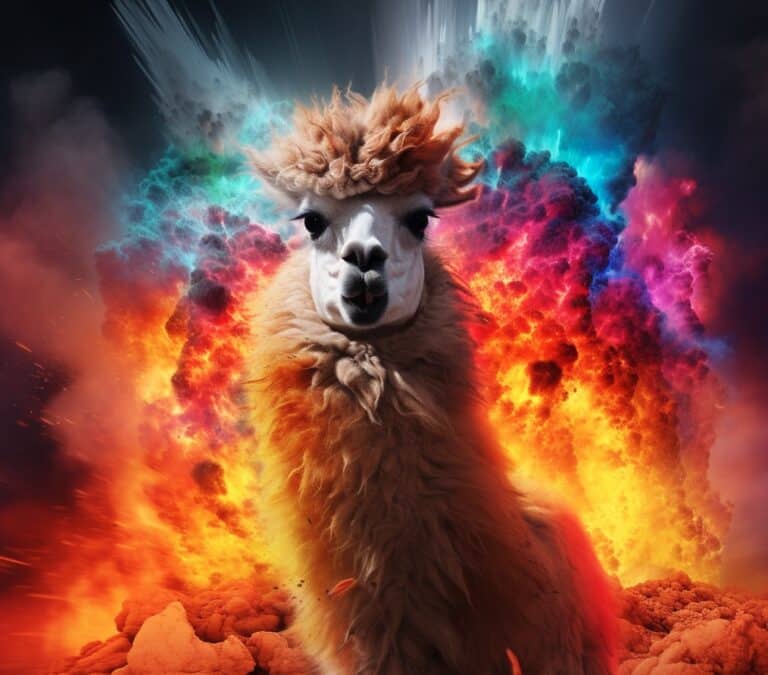LLAVA: The Hidden Gem in Microsoft’s AI Arsenal
How often do we encounter technology that dazzles us with its ability to perceive the world just like we do? Not often. But today’s revelation might change that.
What is LLAVA?
LLAVA isn’t just another chatbot; it transcends that.
“Can you imagine an AI that doesn’t just talk but sees, understands, and converses about images?”
This revolutionary AI, birthed from a collaboration between UC Davis and Microsoft Research, possesses a unique capability: the union of vision and language. The intention? To compensate for the limitations of GPT-4.
Diving Deeper: How Does LLAVA Work?
The creation of LLAVA required an inventive leap. The masterminds pondered:
“What if GPT-4 could create training data with both images and text?”
Imagine prompting the AI with: “Label the parts of this flower,” or “Explain the stability of this bridge.” This isn’t just a chat; it’s interactive learning. This groundbreaking approach led to LLAVA’s inception.
LLAVA is structured around two core components:
- Vision Encoder: It interprets images, zeroing in on pertinent details.
- Language Decoder: It processes the visual data and textual instructions to produce comprehensible responses.
Bridging these two is an ‘attention mechanism’, facilitating seamless communication.
LLAVA leverages OpenAI’s advanced image-comprehension model, CLIP, which adeptly learns from both visuals and text. The language aspect is built upon Vicuna, a language model boasting 13 billion parameters.
The Magic Behind LLAVA
The researchers capitalized on GPT-4’s prowess to generate a plethora of tasks, both textual and visual, subsequently training LLAVA. Their technique, termed instruction tuning, enabled LLAVA to learn from these GPT-4 generated tasks without direct human oversight.
Instead of aiming for a carbon copy of GPT-4’s outputs, the goal was conceptual understanding. For instance, if tasked with “Draw a cat,” the output isn’t an exact replica but an authentic representation of a cat.
Achievements & Milestones
LLAVA’s conception was driven by three aims:
- Extend instruction tuning to the multimodal domain (both text and images).
- Evolve sophisticated multimodal models.
- Investigate the efficacy of user-generated data for instruction tuning in a multimodal environment.
And guess what? They achieved these with flying colors.
One of LLAVA’s crowning achievements? Its unparalleled performance on the Science QA dataset, a challenging benchmark requiring intricate reasoning skills. LLAVA’s accuracy on this dataset was an astonishing 92.53%.
But LLAVA isn’t just about answering questions. Its potential spans from educational assistance to creative collaboration and even leisurely entertainment.
The Caveats
“Is LLAVA flawless?”
While its capabilities are awe-inspiring, it has its share of hiccups. At times, it might provide misleading or incorrect information. Its understanding of human ethics and societal norms can be lacking, leading to potentially inappropriate content generation.
Yet, the research team is proactively addressing these challenges, aiming for a future where LLAVA isn’t just innovative but also reliable and ethical.
Wrapping Up
LLAVA stands as a testament to the strides AI has made. It isn’t merely an advancement; it’s a paradigm shift. As we conclude, one can’t help but wonder:
“What’s next in this ever-evolving AI odyssey?”
Today, we’ve just glimpsed the future, and it promises a harmonious blend of vision and voice, challenging our very notions of machine intelligence.
